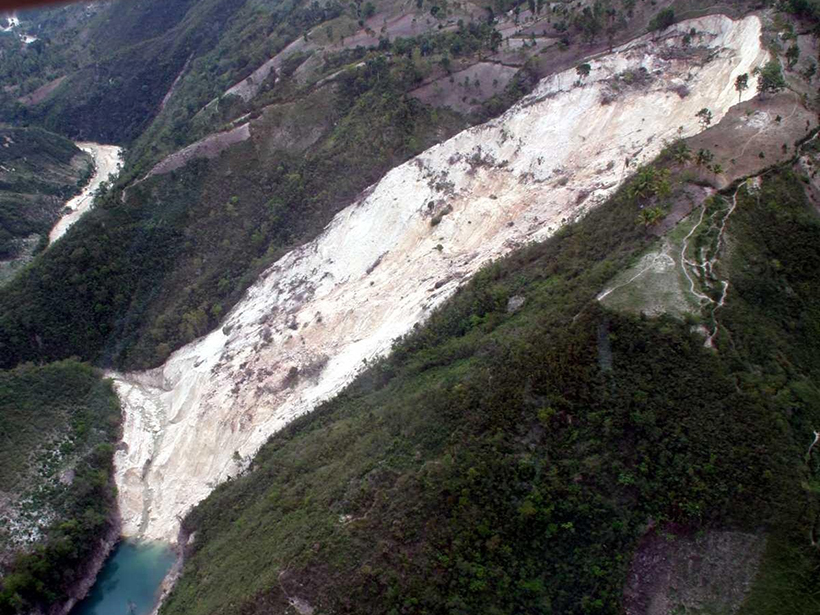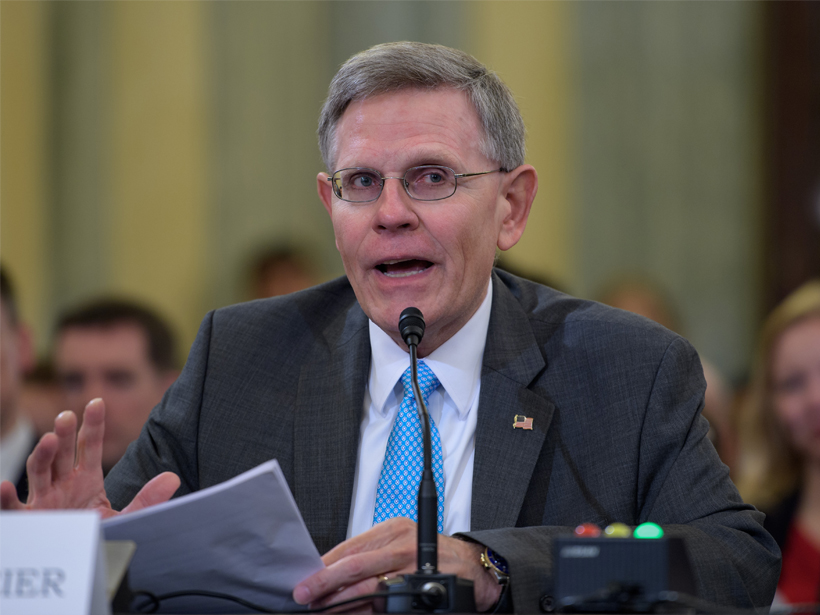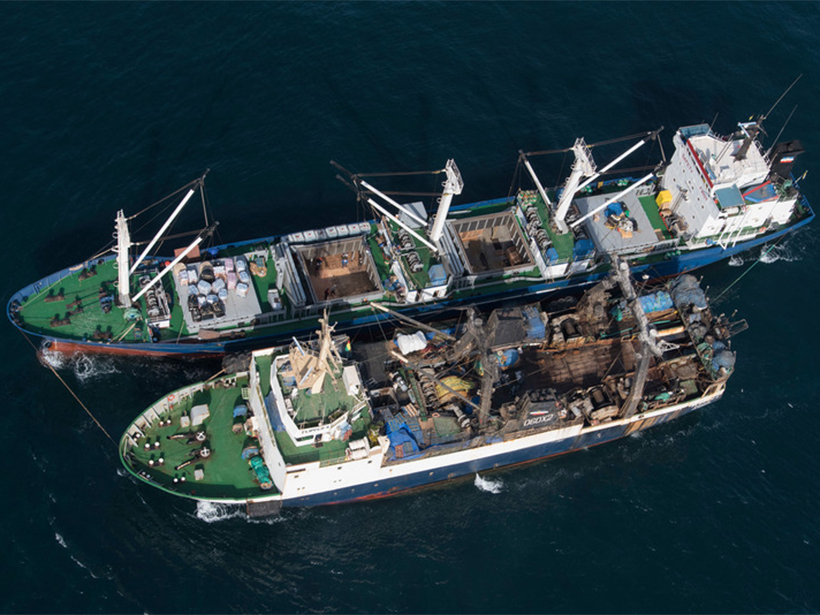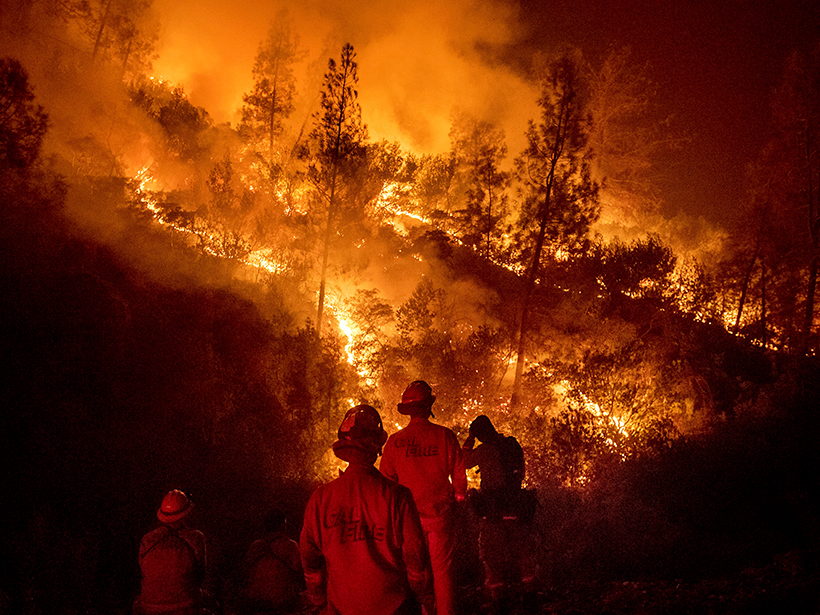Earthquake-triggered landslides move soils down steep slopes and deposit the sediments near rivers, sequestering the carbon contained within them for millions of years.
News
How Hot Is Europa? Now There’s a Map for That
The new global map of Europa’s surface heat also highlighted one spot on the moon that is inexplicably cold.
Massive Ocean Waves May Play a Role in Nuisance Flooding
When huge planetary waves that spawn in the open ocean reach land, they can raise local sea levels along the coast. Could tracking these waves help scientists predict flooding months in advance?
Heavy Air Pollution May Lower Cognitive Test Scores
A new study found that verbal and math test scores in China dropped with reduced air quality. The effects were especially pronounced for men and elderly populations.
Landslide Database Reveals Uptick in Human-Caused Fatal Slides
Records of nearly 5,000 landslides around the world show that human activities like construction, illegal mining, and hill cutting are increasingly responsible for fatal slides, particularly in Asia.
White House Pick for Top Science Spot Stresses Science Integrity
At his Senate confirmation hearing, Kelvin Droegemeier, Trump’s choice to head the White House Office of Science and Technology Policy, discussed plans to tackle the nation’s scientific challenges.
Illegal Seafood Supply Chains Can Now Be Tracked by Satellite
Researchers pinpoint more than 10,000 likely transfers of catches between fishing vessels and cargo ships at sea. Knowing where these transfers occur can help officials crack down on illegal activity.
How Forecasting Models Are Changing the Way We Fight Fires
Eos speaks with Andy Edman, western region chief of the Science and Technology Infusion Division at the National Weather Service, about how the agency is helping wildfire crews fight fires from space.









